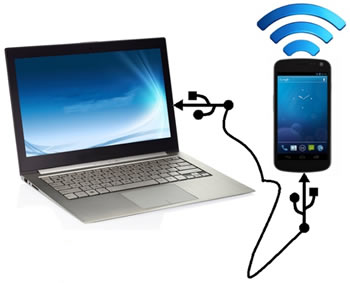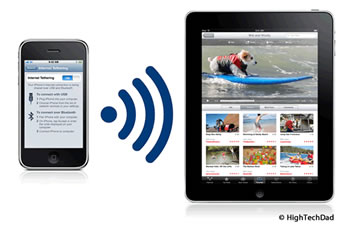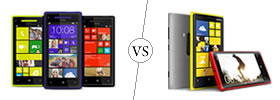Difference between Tethering and Hotspot
Key Difference: Tethering is connected one device to another using a wire such as USB to access the internet. Hotspot is when one device is turned into a wireless router for another device that can access the first device’s internet.
 As technology increases, it demands that we are constantly connected – to each other, to strangers, to our network providers or even the internet. For this reason, they have provided multiple ways that we can be connected – two of which include Tethering and Hotspot.
As technology increases, it demands that we are constantly connected – to each other, to strangers, to our network providers or even the internet. For this reason, they have provided multiple ways that we can be connected – two of which include Tethering and Hotspot.
There are two common ways that the internet is accessed – Wi-Fi and Data Connection. Data Connection is when you use the internet provided by the service provider using your phone network. On the other hand, Wi-Fi is a faster connection that that requires a modem or a router for you to access the internet. Another great part about the Wi-Fi is that it is wireless, which means that you do not have to be constantly connected to the router through a wire.
Let’s get into the nitty gritty of it. Tethering and Hotspot are commonly used when we require connecting to the internet, but they are different means of connection.
Tethering is defined by the American Heritage Dictionary of the English Language as “rope, chain, strap, or cord for keeping an animal within a certain radius.” Replace the animal in this scenario with your device. It means that you will require a wired connection to whatever device you are taking the internet from.
For example: you want to access the internet through your phone. The LAN wire (through which you are accessing the internet) is connected to the laptop. You would connect a USB wire to your laptop and access the internet through this USB cord.
 Hotspot is when you turn one device into a router to provide internet to another device. Let’s simplify with an example. Phone 1 is connected to the internet via data connection. Phone 2 wants internet. Phone 1 can modify their device and become a provider by turning on the hotspot option. Phone 2 will now be able to hitch a ride on Phone 1’s internet wirelessly.
Hotspot is when you turn one device into a router to provide internet to another device. Let’s simplify with an example. Phone 1 is connected to the internet via data connection. Phone 2 wants internet. Phone 1 can modify their device and become a provider by turning on the hotspot option. Phone 2 will now be able to hitch a ride on Phone 1’s internet wirelessly.
Simple enough? However, understand that phones are not the only device that can be turned into a hotspot and data connections are not the only way that allows hotspot. A laptop attached with a LAN wire can also be turned into a hotspot to provide wireless internet for other devices.
Tethering usually uses a NAT (Network Address Translation) connection to share the internet, which means that one device must have a public IP address. While, mobile hotspots are commonly connected to internet connections that are provided by the network carrier.
Comparion between Tethering and Hotspot:
|
|
Tethering |
Hotspot |
|
Definition |
Tethering is connected one device to another using a wire such as USB to access the internet. |
One device is turned into a wireless router for another device that can access the first device’s internet. |
|
Access Internet From |
Wi-Fi, Data |
LAN, Data |
|
Wire |
Wired |
Wireless |
|
Portability |
Limited |
Unlimited |
|
Requires |
A high-speed data connection |
A medium-to-high speed data connection |
|
Advantages |
Uses less battery Is relatively cheaper
|
Uses more battery Is wireless, high mobility Allows multiple connections |
|
Disadvantages |
Requires the device to have a tethering option May require an external software Requires a wire, limiting mobility Limited to one device |
Uses high amounts of data |
Image Courtesy: androidauthority.com, sarahcolette.blogspot.com









Add new comment